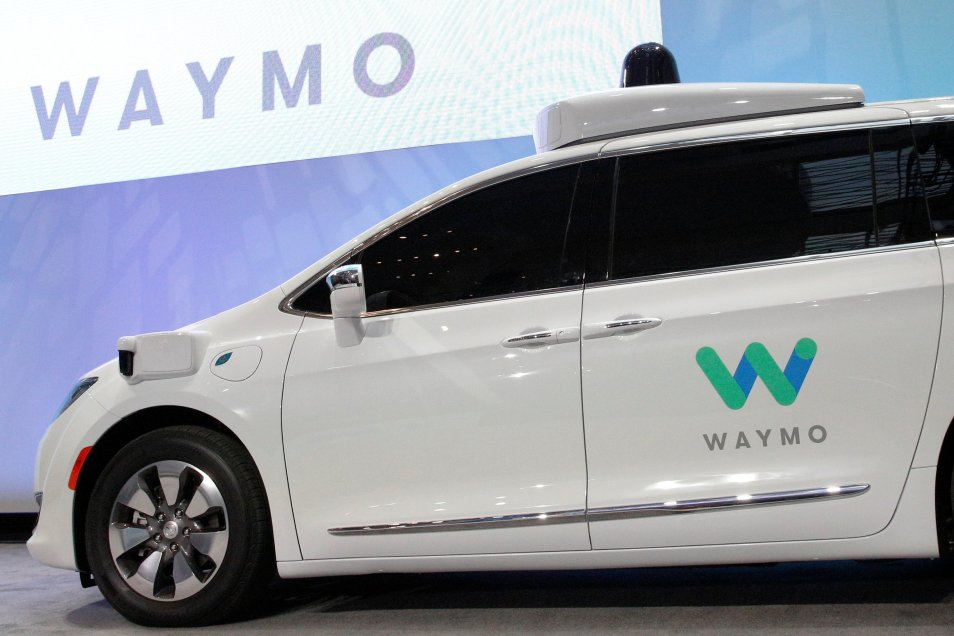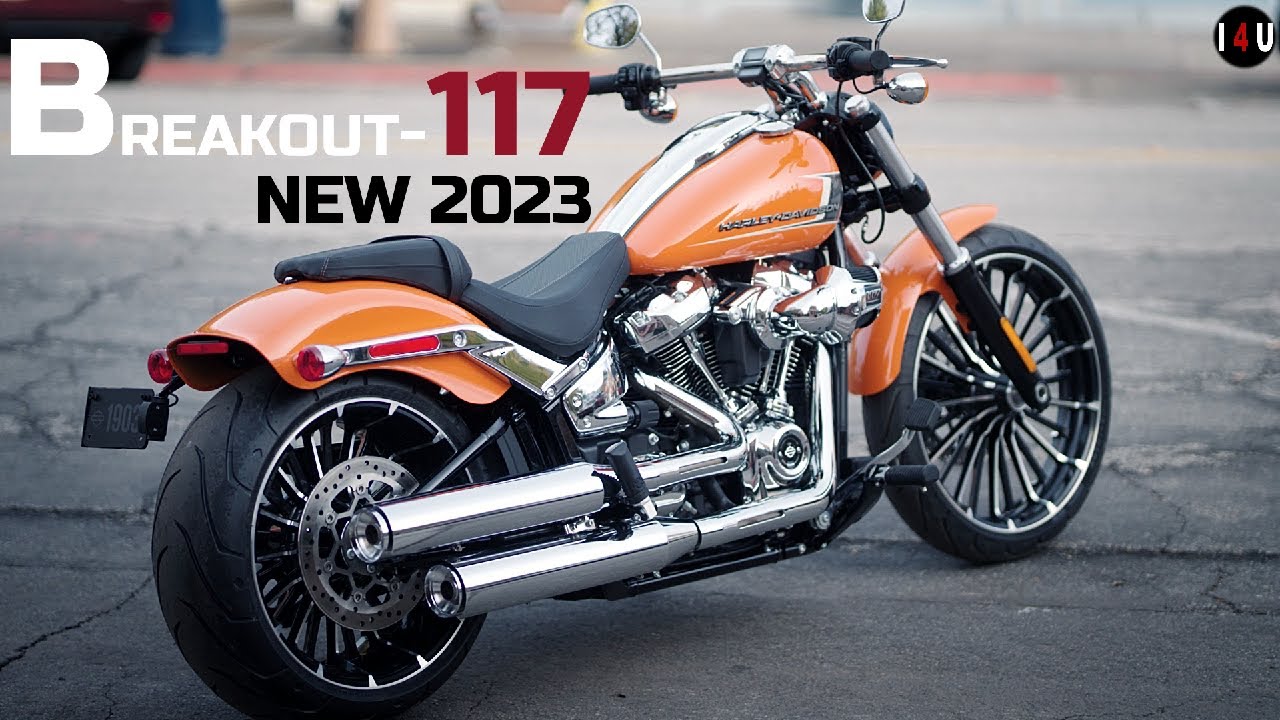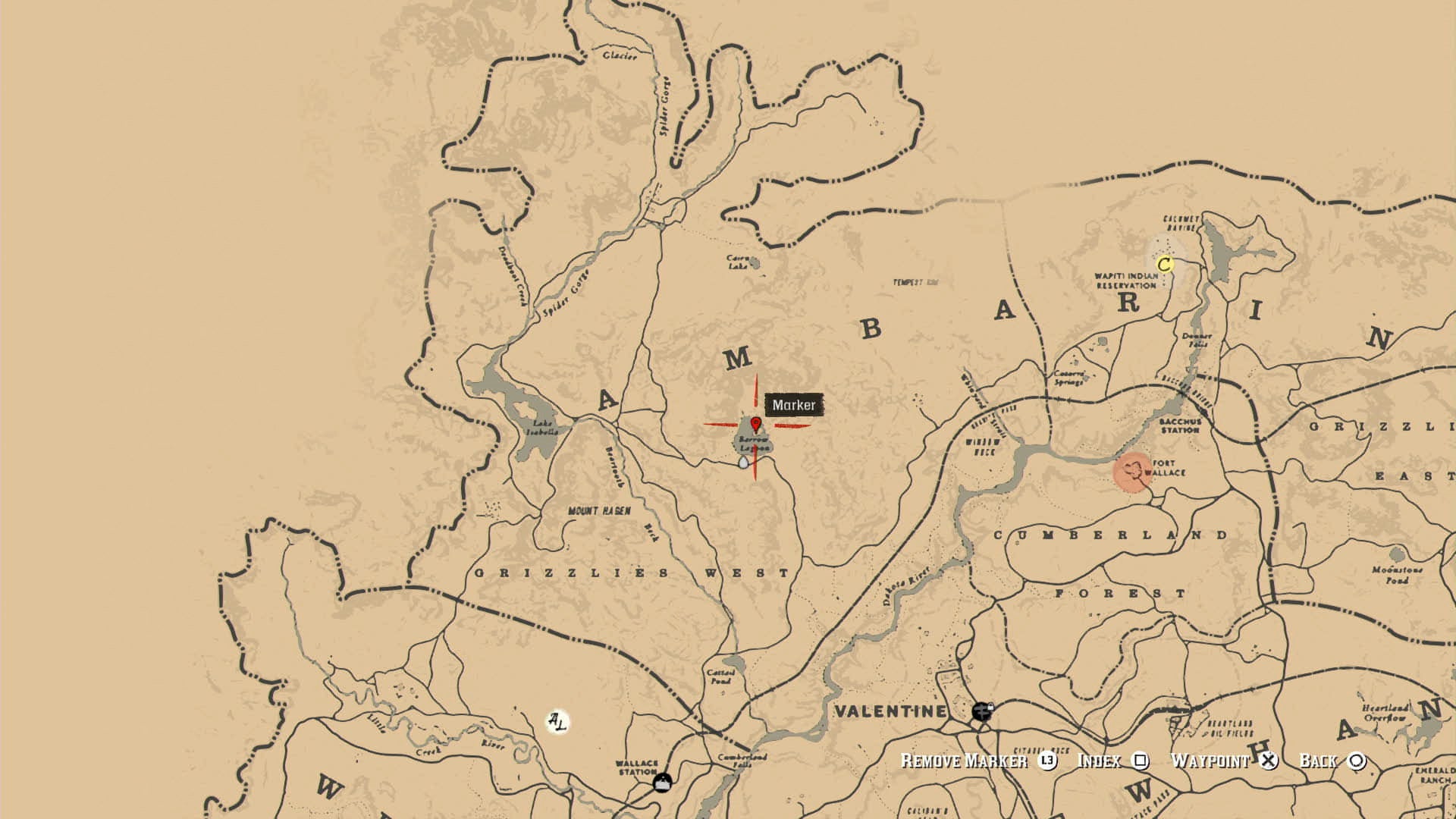Are Self-Driving Cars Ready? Uber And Waymo Test Autonomous Rides In Austin

Table of Contents
Uber's Autonomous Vehicle Program in Austin
Technology Used by Uber
Uber's Austin autonomous vehicle program utilizes a sophisticated suite of self-driving technology. Their vehicles are equipped with:
- LiDAR sensors: Providing 3D mapping and object detection.
- Radar sensors: Detecting the speed and distance of objects.
- Cameras: Capturing visual data for object recognition and lane keeping.
- High-precision GPS: Ensuring accurate location tracking.
- Advanced AI algorithms: Processing sensor data to make real-time driving decisions.
Uber primarily employed modified Volvo XC90 SUVs in their Austin fleet, with a reported fleet size peaking at several dozen vehicles. These vehicles boast features like automatic lane changes, adaptive cruise control, and automated emergency braking.
Safety Measures and Human Oversight
Safety remains paramount in Uber's autonomous vehicle program. Several key measures are in place:
- Human safety drivers: A trained safety driver is always present behind the wheel, ready to take control if needed.
- Remote monitoring: A remote team constantly monitors the vehicles' performance and can intervene if necessary.
- Redundant braking systems: Multiple braking systems ensure fail-safe operation.
- Detailed sensor data logging: All sensor data is recorded for analysis in case of incidents.
The role of the human operator is crucial, acting as a failsafe and providing valuable data for improving the autonomous driving system.
Public Response and Challenges
Public reaction to Uber's autonomous vehicles in Austin has been mixed.
- Positive feedback: Some appreciate the convenience and potential efficiency of self-driving cars.
- Negative feedback: Concerns have been raised about safety, reliability, and the potential for job displacement for human drivers.
While Uber's program in Austin has largely been incident-free, any accidents or near misses involving their autonomous vehicles garner significant media attention and contribute to public apprehension regarding the technology's readiness.
Waymo's Approach to Autonomous Driving in Austin
Waymo's Technological Advantages
Waymo, a pioneer in autonomous driving technology, employs a different approach compared to Uber. Their advantages include:
- More sophisticated sensor fusion: Waymo uses a wider array of sensors, including higher-resolution LiDAR, for improved object detection and perception.
- More advanced AI algorithms: Their AI is trained on a significantly larger dataset, resulting in enhanced performance and reliability.
- Highly detailed and accurate mapping data: Waymo invests heavily in creating highly detailed maps of its operational areas.
Waymo has actively partnered with local businesses and organizations in Austin to integrate its autonomous technology into the city's infrastructure.
Waymo's Safety Record and Public Perception
Waymo’s focus on safety is evident in its meticulously collected data and robust safety record.
- Lower accident rates: Compared to Uber, Waymo boasts significantly lower accident rates in its autonomous vehicle testing.
- Positive media coverage: Waymo's approach has generally received more positive media attention due to its emphasis on safety and technological advancements.
Public perception of Waymo is generally more positive than that of Uber, owing to its perceived higher safety standards and more gradual approach to deployment.
Expansion Plans and Future Outlook
Waymo's expansion plans in Austin include gradually increasing the size of its autonomous vehicle fleet and expanding its operational area.
- Expanding service area: Waymo aims to offer autonomous ride-hailing services in a broader range of Austin neighborhoods.
- Increased vehicle deployment: The company plans to deploy more autonomous vehicles to meet growing demand.
- Potential for commercial partnerships: Collaboration with local businesses and government agencies is expected to fuel further growth.
Regulatory Landscape and Challenges for Autonomous Vehicles in Austin
City Ordinances and Regulations
Austin has specific regulations governing the operation of autonomous vehicles within city limits.
- Permits and licensing requirements: Companies must obtain permits to test autonomous vehicles on public roads.
- Operational guidelines: Regulations specify speed limits, operating hours, and safety protocols.
- Data reporting requirements: Companies are required to report accident data and operational performance to the city.
The Austin Transportation Department plays a crucial role in overseeing compliance with these regulations and ensuring public safety.
Insurance and Liability Issues
The legal and insurance aspects of autonomous vehicles present significant challenges.
- Determining fault in accidents: Establishing liability in accidents involving autonomous vehicles is complex, especially when determining whether the system malfunctioned or human error contributed.
- Insurance coverage: The insurance industry is still adapting to the unique risks posed by autonomous vehicles.
These issues are subject to ongoing legal debates and court cases, shaping the future of insurance coverage and liability for autonomous vehicles.
Ethical Considerations
The ethical implications of deploying autonomous vehicles are significant.
- Job displacement: The widespread adoption of self-driving cars could displace human drivers, leading to job losses and economic disruption.
- Algorithmic bias: Autonomous driving systems rely on AI algorithms which could potentially exhibit biases, leading to unfair or discriminatory outcomes.
Addressing these concerns requires careful consideration and proactive measures to ensure a fair and equitable transition to a future with autonomous vehicles.
Conclusion: Are Self-Driving Cars Truly Ready? The Austin Verdict
The Austin experiences of Uber and Waymo offer valuable insights into the readiness of self-driving cars. While both companies have made significant technological progress, challenges remain regarding safety, public perception, regulations, and ethical considerations. Waymo’s more cautious and technologically advanced approach appears to have resulted in a more positive public perception and a stronger safety record compared to Uber. However, the regulatory landscape is still evolving, and insurance and liability issues require further clarification. The ultimate verdict on the readiness of self-driving cars is still pending, but the Austin test case highlights both the promise and the complexities of this transformative technology. Stay informed about the latest advancements in self-driving car technology and participate in the conversation about the future of autonomous vehicles.

Featured Posts
-
 Spring Breakout 2025 Roster Composition And Strategy
May 18, 2025
Spring Breakout 2025 Roster Composition And Strategy
May 18, 2025 -
 Double Trouble In Hollywood Writers And Actors Strike Impacts Film And Tv Production
May 18, 2025
Double Trouble In Hollywood Writers And Actors Strike Impacts Film And Tv Production
May 18, 2025 -
 The 2025 Spring Breakout Rosters A Deep Dive
May 18, 2025
The 2025 Spring Breakout Rosters A Deep Dive
May 18, 2025 -
 Early Look At Spring Breakout Rosters For 2025
May 18, 2025
Early Look At Spring Breakout Rosters For 2025
May 18, 2025 -
 Vip Stake Your Guide To High Stakes Gambling In The Uk
May 18, 2025
Vip Stake Your Guide To High Stakes Gambling In The Uk
May 18, 2025
